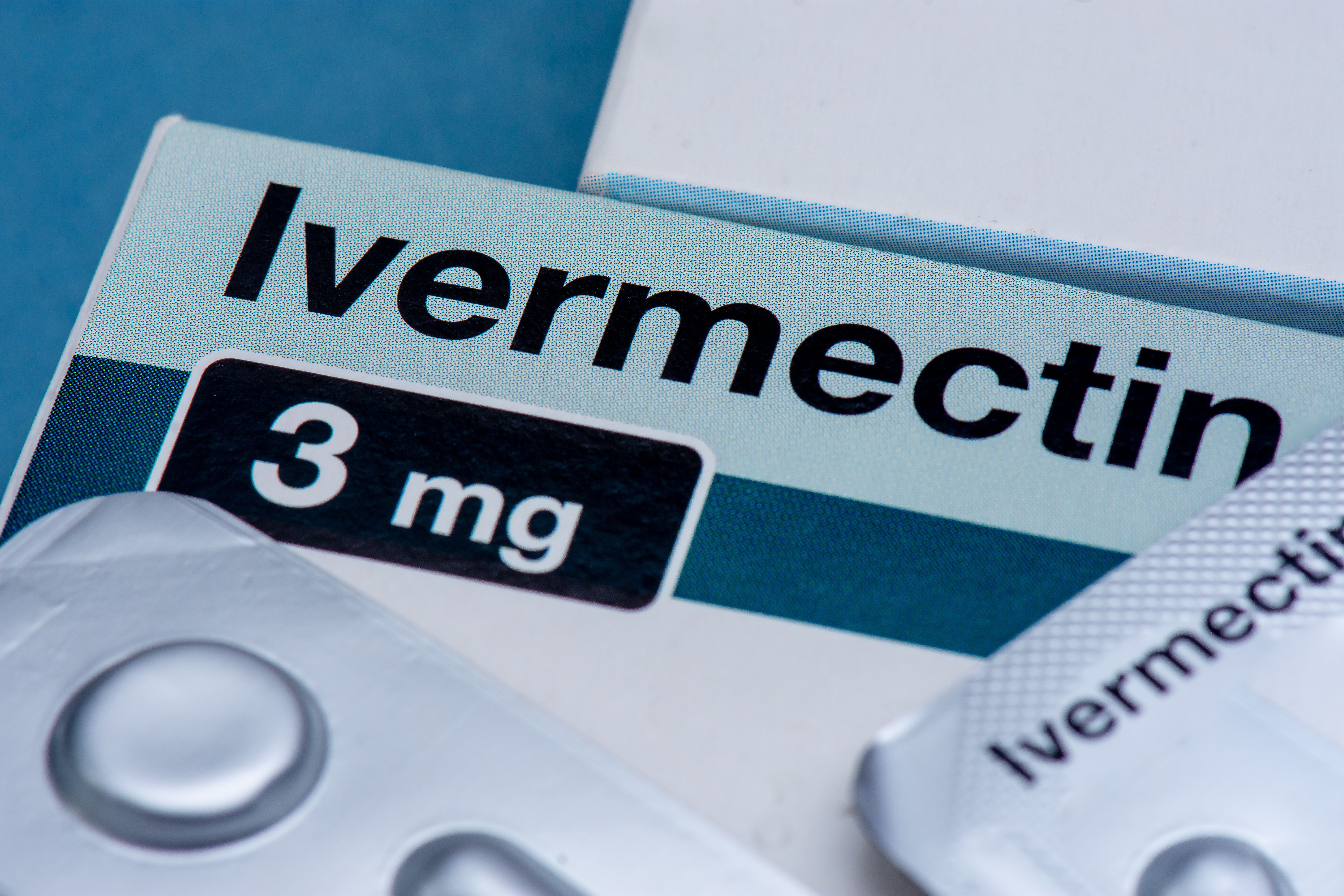Commentary
Article
AHA 2024: Encourage Patients to Take Ownership of ASCVD, Medication Adherence
Author(s):
Improving collaboration and communication between all members of the health care team is one way to address these challenges.
Personalizing atherosclerotic cardiovascular disease (ASCVD) to patients is crucial to ensuring they remain adherent to medications, according to presenters in a session at the American Heart Association (AHA) 2024 Scientific Sessions.1
“We know what to do for patients who have had these events to reduce risk, but on a number of factors we’re well below optimal,” said moderator Michael Gaziano, MD, MPH, a preventive cardiologist and internationally recognized chronic disease epidemiologist. Gaziano noted that only about two-thirds of patients with ASCVD are on lipid-lowering medications at any given time, and of those who are, only about one-third are meeting the 70% adherence standard.1
Patient talking to a pharmacist | Image credit: © Prostock-studio | stock.adobe.com

Gaziano and the other presenters from around the country are all involved with the Veterans Affairs Lipid Optimization Reimagined Quality Improvement (VALOR-QI) program, a national project aiming to improve the treatment of high cholesterol in veterans. Gaziano said it has 50 sites around the country and has shown incredible success. One particular challenge they are looking to address is why patients with ASCVD are so often nonadherent.1
“I think with patients, the biggest point…is that there’s a lack of understanding,” said Tiffany Wesley Ardoin, MD, FACP, assistant professor of clinical medicine at the Louisiana State University Health Sciences Center. “Patients understand that lipids go along with heart disease, strokes, and heart attacks, but they don’t understand that it’s a chronic process.”
Therefore, Ardoin said, it is crucial to educate patients that the disease process for cardiovascular disease occurs over a long period of time, starting long before a major event such as a heart attack. One small change that could help emphasize this to patients is telling them that they are being prescribed a heart medication, rather than a cholesterol medication. This emphasizes that it is treating heart disease and not simply lowering cholesterol numbers.1
A second common challenge is clinician hesitancy to prescribe lipid-lowering medications. According to study findings published in CJC Open in 2020, some common barriers to prescribing lipid-lowering medication include lack of knowledge or motivation by both the patient and physician. Physicians also reported reluctance to increase medication burden; inadequate buy-in; lack of resources such as inadequate tracking systems; discordance between guidelines; and lack of continuity and relationship with patients.2
“There is some gray area as far as what do we treat for lipid goals,” Ardoin acknowledged. “All of those things make it challenging for primary care doctors to do [this].”
She encouraged clinicians, including pharmacists, to question patients who report that a previous lipid-lowering medication did not work for them. Although this is common, Ardoin said research has shown that encouraging patients to try a new medication can be successful, even after a negative previous experience.1
All clinicians should be proactively initiating conversations with patients, Ardoin said. This serves the dual purpose of improving patient awareness and supporting providers in taking greater ownership over these conditions. Lipid management should not solely be a concern of cardiologists; rather, every member of the care team has a role to play.1
“For us in the cardiology clinics and when I worked in primary care, my experience has been that a lot of times it’s education and the patient’s knowledge,” said Rachel Chandra, PharmD, MPH, FASHP, a clinical pharmacy practitioner at the Dayton Veterans Affairs Medical Center.
“Translating their risk to life and death, to time with their families, something that’s meaningful for them, versus ‘here’s what your [cholesterol] numbers should be’ [is important].”
Chandra added that the majority of health care happens at home. Informing patients about this can help them take ownership over their own care.
In addition to optimizing messaging for both patients and other providers, Neal Yuan, MD, a non-invasive cardiologist with VA San Francisco Health Care, said clinicians must also think about priorities and alignment.
“When I think of some of the major communication barriers…it’s always harder to sell a preventative treatment, rather than something that’s addressing a very acute problem,” Yuan said. “So, with our lipid-lowering therapies, we always have the challenge of, at best, taking patients who still feel good. But in the worst-case scenario, you get the nocebo effect or actual myalgias, so you actually have everything to lose, in a sense. And I think that’s something that’s a challenge in general with all preventative therapies.”
Yuan also noted that because statin-lowering therapies are some of the most commonly prescribed medications—and particularly atorvastatin (Lipitor; Viatris)—patients often hear about the most extreme experiences on either end, whether it be successes or challenges. Public amplification of these narratives, whether through social media or news stories, tends to therefore sway patient’s views of these treatments, potentially leading to hesitancy.1
“I think there are a lot of really difficult barriers—not that they aren’t barriers we can’t overcome, but definitely things that make it so it’s more than just providing education,” Yuan said. “It’s figuring out how we can get patients to take ownership of their lipids.”
Some common misconceptions surrounding cholesterol and statin therapies are that cholesterol is not unhealthy, there are no links between low-density lipoprotein cholesterol and heart attacks, and that adverse effects of statins are not worth the risk. According to an article published by the European Society of Cardiology, many patients report that they stopped taking a statin medication because they assumed their aches and pains were a result of the treatment. As a result, 8.5% experienced a heart attack or stroke within 4 years, compared with 7.6% who continued taking the prescribed treatment.3 Evidence like this highlights that the benefits do outweigh the risks.
Gaziano agreed, noting that clinicians are most often the ones who have to educate patients who may have fears or misinformation. Additionally, because these are preventative treatments, patients often are not fully aware of the effects they’re having.
“They’re not going to come back and thank you for the second heart attack they didn’t have,” Gaziano said. “They’re going to blame you for the bleeding issue they now have or the side effects of their medications.”
Luckily, improving collaboration between all members of the health care team is one way to address these challenges. Although many patients are referred from cardiology or lipid clinics, they often assume that their various care team members have much more communication than they really do. The more patients understand about their conditions and treatments, the better they can advocate for themselves when seeing different providers.
Within the VA, Chandra said pharmacists in disease state management have scopes of practice, meaning conditions such as hypertension, diabetes, lipid management, and heart failure are managed by pharmacists either in the specialty setting or primary care setting. This system provides the platform and authority for pharmacists to manage patients once a physician has confirmed a diagnosis.
“As pharmacists, we’re often introverted, but getting out and meeting providers and sharing the services you provide is a great first step,” Chandra said.
She added that pharmacists are trained in motivational interviewing and shared decision-making, both of which are crucial to optimizing patients’ care plans.
Finally, the panelists discussed the impacts of social determinants of health (SDOH). None of the strategies discussed previously can be fully successful without taking into account patients’ individual needs, such as transportation limitations or financial insecurity. For example, Ardoin said she recently spoke with a patient who had to choose between paying rent or getting their medications for the month, highlighting the impacts of SDOH. Working with community health workers can be beneficial in these scenarios.
Of course, systematic implementation of guideline- and science-backed therapies is important, but Eugenia Giannos, MD, a cardiologist with Northwell Health, added that initial conversations with patients is crucial to understanding any unique barriers they have. She credited her undergraduate degree in psychology for helping her have constructive, compassionate conversations.
“Once [patients] know that you’re really just trying to help them stay healthy, it’s a different ballgame and they’re much more likely to adhere,” Giannos concluded.
REFERENCES
1. Gaziano M, Ardoin TW, Yuon N, et al. Lipid Medication Adherence and Clinician Hesitation in Patients With ASCVD. Presented at: American Heart Association Scientific Sessions 2024. November 16, 2024.
2. Butalia S, Lee-Krueger RCW, McBrien KA, et al. Barriers and facilitators to using statins: a qualitative study with patients and family physicians. CJC Open. 2020;2(6):530-538. doi:10.1016/j.cjco.2020.07.002
3. Arming Your Patients with the Facts on Statins. European Society of Cardiology. December 3, 2019. Accessed November 16, 2024. https://www.escardio.org/Education/Practice-Tools/Talking-to-patients/arming-your-patients-with-the-facts-on-statins
Newsletter
Stay informed on drug updates, treatment guidelines, and pharmacy practice trends—subscribe to Pharmacy Times for weekly clinical insights.

FDA Grants Full Approval to mRNA-1273 COVID-19 Vaccine in Children At Increased Risk





